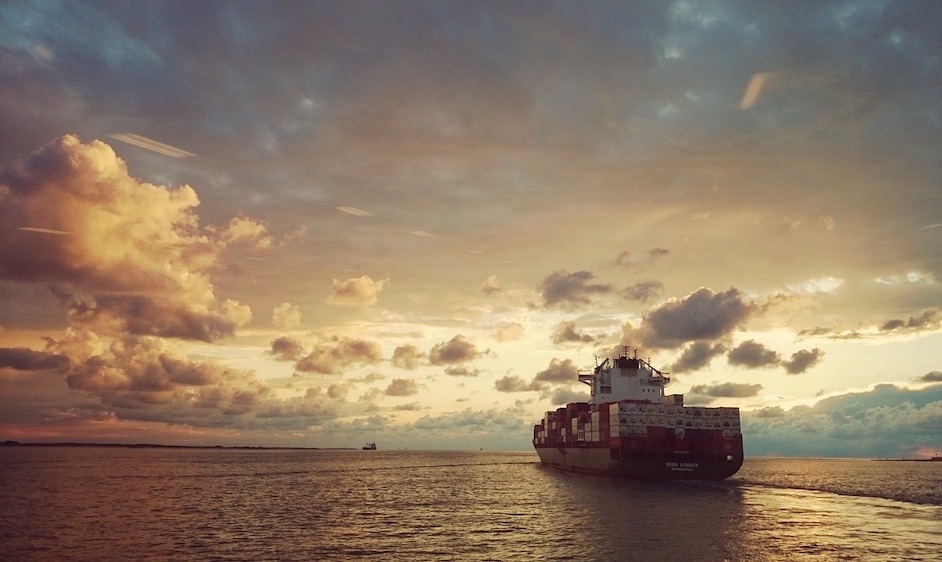Sudheer Vijapurapu, managing director of New Asia Shipbrokers and Risto Kariranta, CEO of the Ahti Pool, write for Splash today on January 1’s big new regional regulation hitting shipping.
The demand dynamics for specialised products are distinct from those of other shipping sectors. Most causes are shared with at least one other sector, but there are few markets that must constantly monitor drivers as diverse as protectionism, government ESG regulation, the global economy, climate change and China at the same time.
It’s a collaboration that makes cargo supply unstable, and unlike other sectors where economies of scale are the main driver, it makes a ship’s flexibility more valuable than its size. To profitably transport several specialised products simultaneously requires a unique type of vessel; one which is capable of accommodating a diverse range of cargo combinations, while facing minimal port restrictions. Moreover, in an era where new regulations are arriving faster than ever, you need an agile operational mindset and trusted counterparties to maintain compliance.
Monitoring and reporting
As we approach 2025, maritime decarbonisation rules are intensifying, and costs related to the partial decarbonisation of marine fuels will increase, especially for ships calling at European ports. This is in addition to the escalating EU-ETS costs, where owners will be liable for 70% of carbon emissions (up from 40% in 2024) as the new phase commences on 1st January 2025. Simultaneously, the FuelEU Maritime regulation will be implemented, introducing a different costing structure compared to the EU-ETS scheme.
FuelEU Maritime compels shipowners, managers, and charterers to hasten the adoption of renewable and low-carbon fuels in their vessels’ operations. The FuelEU Maritime regulation includes several provisions that incentivise the use of onshore power supplies or alternative zero-emission technologies while ships are at berth. The regulations aim to reduce the carbon intensity of bunker fuels used by ships calling at European Union ports, with a 2% reduction by 2025, followed by an exponential increase every 5 years – 6% by 2030, 14.5% by 2035, 31% by 2040, 62% by 2045, and 80% by 2050.
Financing the transition
On 1 January 2025 decarbonisation costs will become a substantial factor in freight rates. At New Asia Shipbrokers, we’re estimating an increase of USD 5-10 per metric ton on top of freight costs, depending on cargo quantity shipped on specialised tankers.
Owners and charterers will need to engage in closer dialogue regarding upcoming decarbonisation costs due to waning specialised commodity trades and freight rates to Europe, including palms, bio, commodity, and specialised chemicals.
You can see an example of the likely costs in our graphic below:

The reality is that most specialised owners are likely to be averse to including all decarbonisation costs in freight rates unless there is a significant price increase along routes originating in Asia and heading to Europe. This suggests that freight rates will remain firm compared to other routes, regardless of the specialised commodity volume shipped.
It will be interesting to observe the introduction of alternative fuels, particularly marine biofuel as a key option considering its cost ‘value’ for owners compared to paying penalties under FuelEU Maritime regulations or the full extent of EU-ETS costs when their ships call at European ports.
Biofuel demand will grow significantly from 2025 onwards because shipping and air traffic will have new mandates, and this will provide an enhanced stimulus for Specialised cargoes. We expect other low carbon fuels, such as green methanol and B-& E-LNG, to grow more slowly until the future-fuelled newbuildings they will fuel are delivered.
A path forward
Compliance with EU-ETS and FuelEU Maritime regulations will lead to huge cost increases for owners if proper cost reduction options, such as FuelEU Maritime compliance credits, are not utilised.
The largest shipping companies have created internal pools to manage their exposure, but for small and medium-sized companies, the only effective routes are self-management or joining a public FuelEU Maritime compliance pool, such as Ahti Pool, which has more than 200 ships under management, most recently including the Van Weelde group’s bulker fleet.
The norm in the specialised sector – multiple charterers and numerous load and discharge ports – makes cargo operations complex and arduous. Without proper preparation the addition of EU-ETS and FuelEU Maritime regulations compliance will further exacerbate these challenges.
(Except for the headline, this story has not been edited by PostX News and is published from a syndicated feed.)

